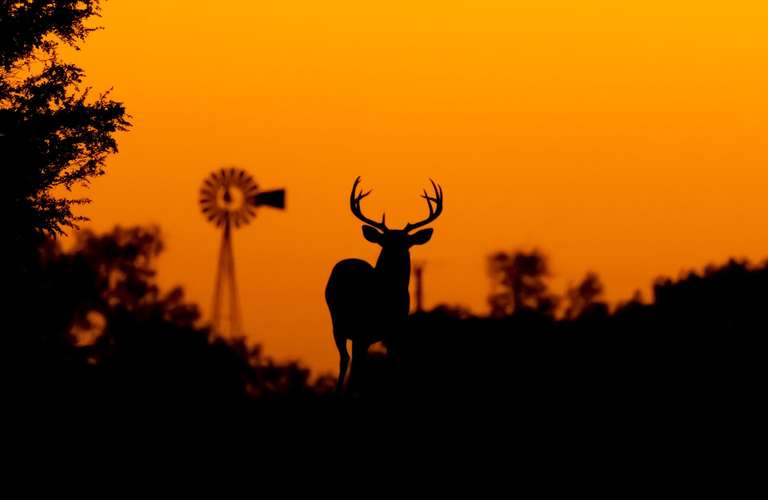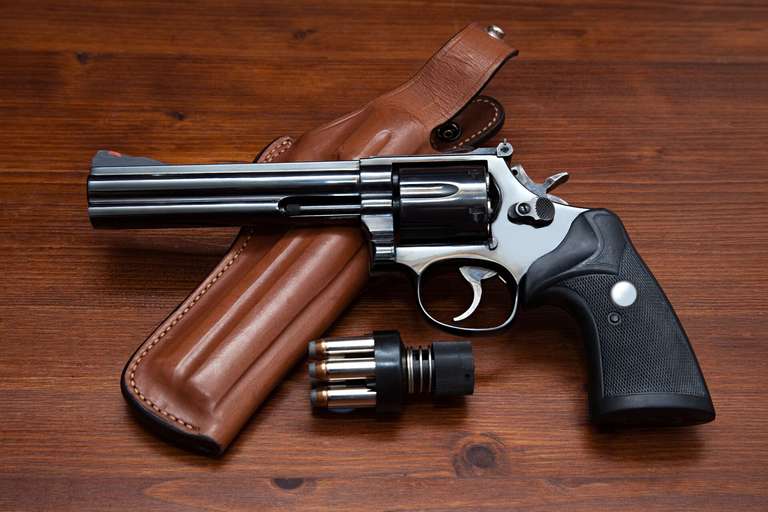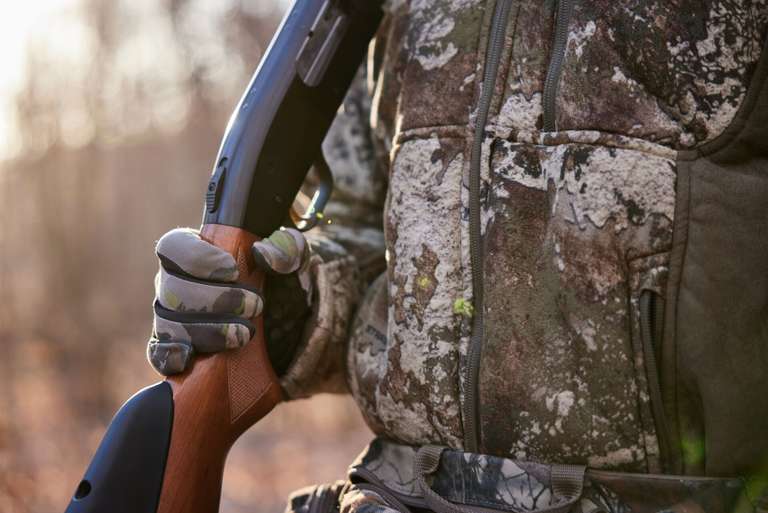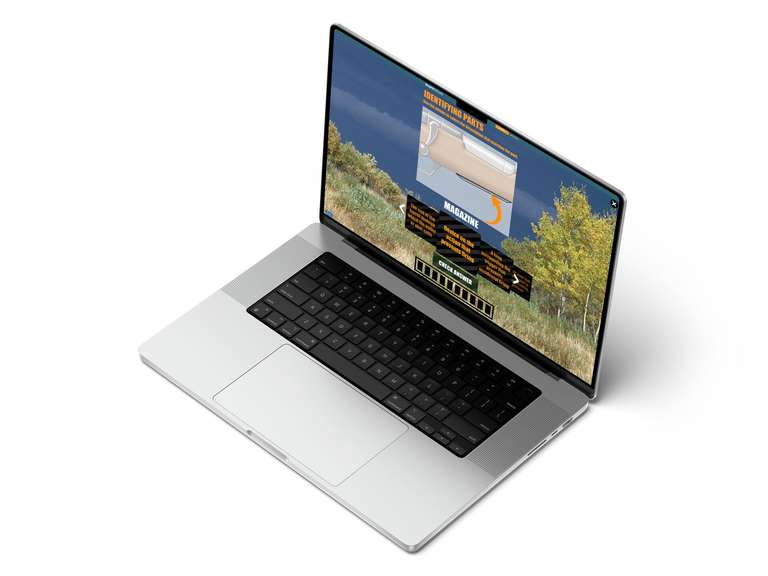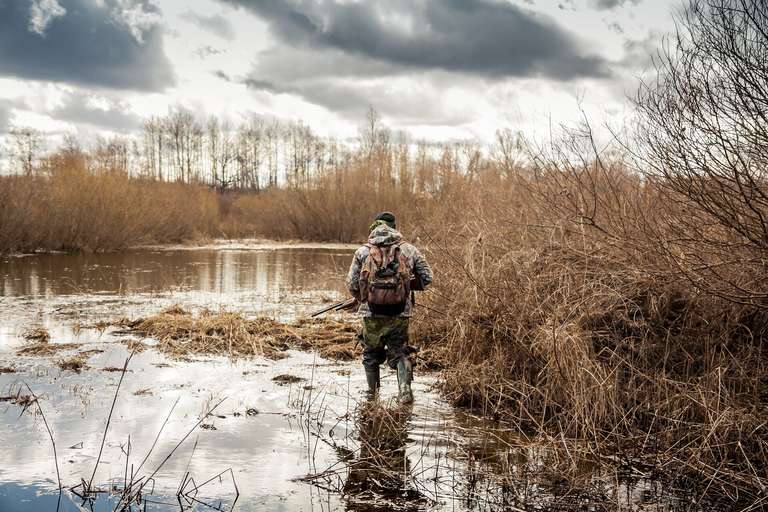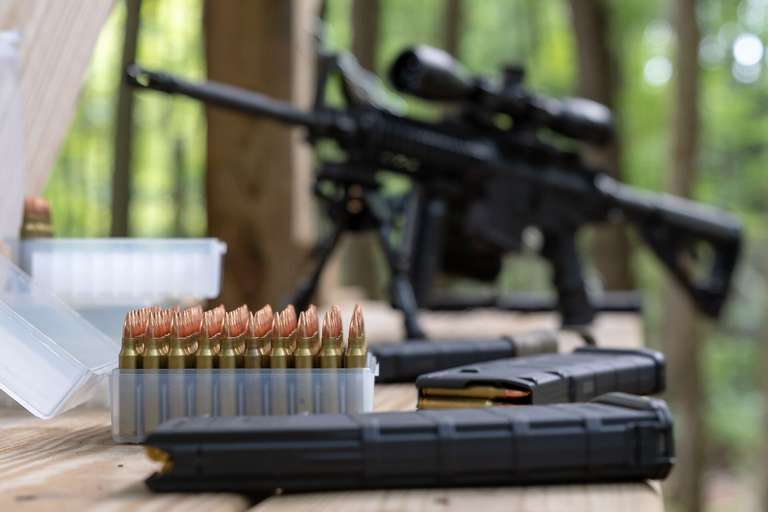How to Use Coyote Hunting Decoys [A Guide]
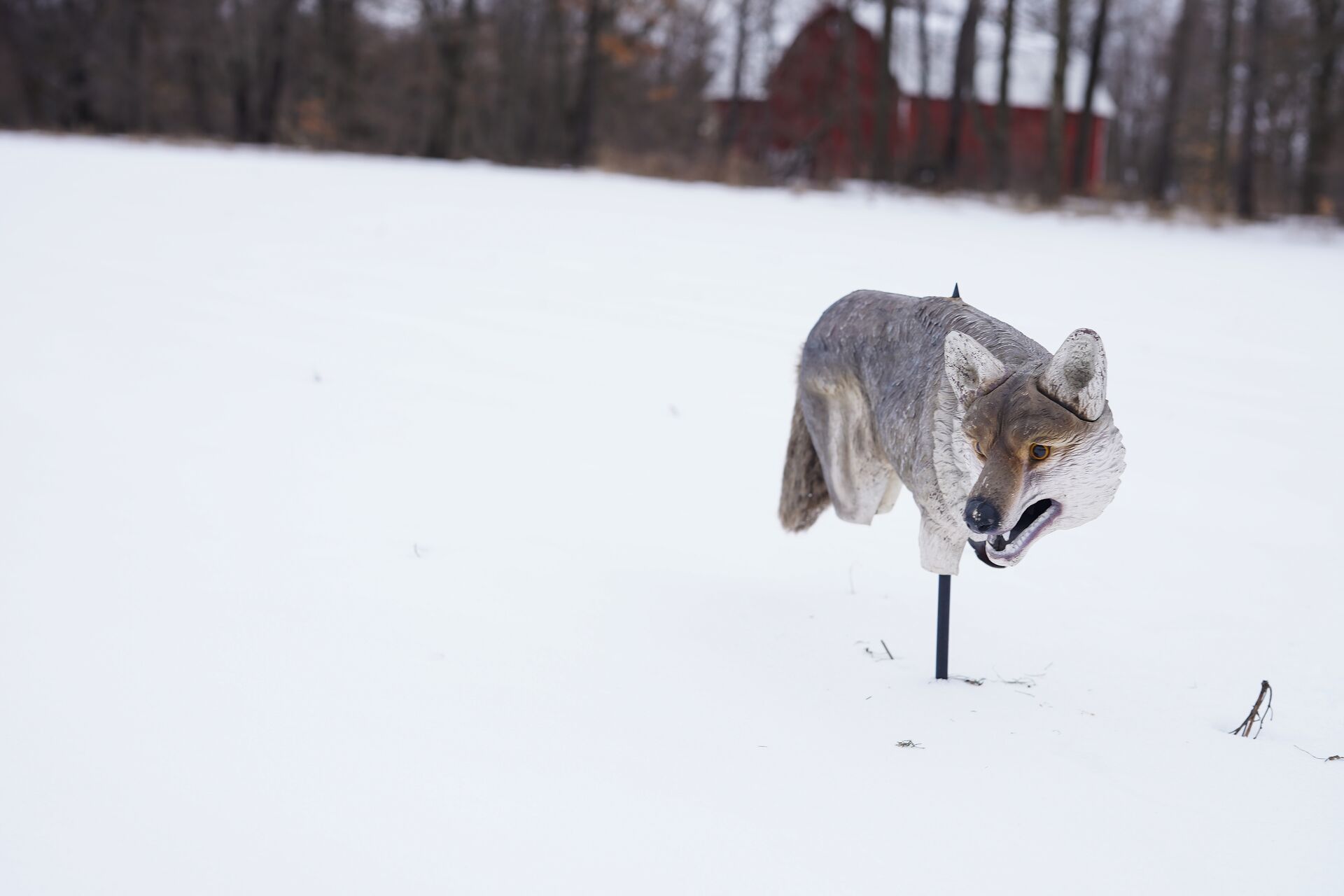
Successfully hunting coyotes, arguably North America's most wiley predator, presents a challenging blend of strategy and fieldcraft.
Artfully using decoys can significantly improve your success rate by adding a realistic visual element to your setup. After all, your calls, decoys, and ambush sites are all working together to create a type of stage play designed to attract an audience. In this case, the audience is a coyote, and you want to bring him in for a front-row VIP seat.
What's the best way to use coyote hunting decoys for success? That's what we're talking about today!
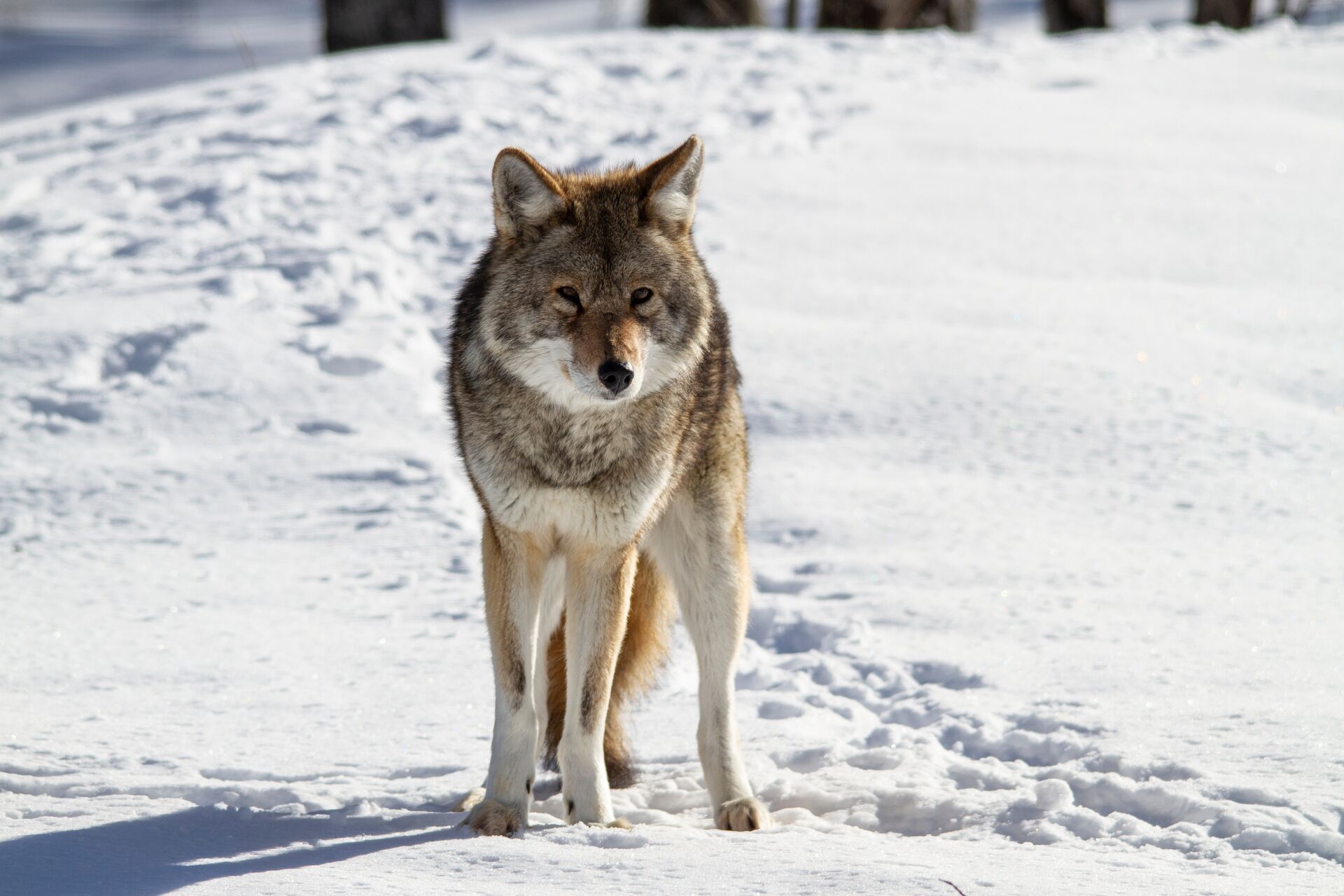
Why Use Coyote Decoys?
Using a realistic and lifelike coyote decoy helps create a compelling visual story for your setup. Decoys that simulate prey, or rival coyotes, will play on the predator's instincts and give you a better chance of bringing the coyote into range and committing to your setup.
Here's what makes coyote decoys so effective:
- Add Another Dimension to Calling: A good decoy can visually set the stage to make distress or territorial calls more convincing.
- Shift Focus: A realistic and well-placed coyote decoy will shift attention away from your position and set the coyote up for a clear and lethal shot.
- Enhanced Realism: Adding movement to sound creates a more lifelike scenario, making your setup more intriguing to the curious coyote.
Decoys help bring coyotes into your sights so you can more easily remove these predators from the area.
Types of Coyote Hunting Decoys
There are three main types of coyote decoys that hunters can use effectively. Selecting the best type should be based on your strategy and environmental conditions.
These three types of decoys are:
- Prey Decoys: These decoys are designed to look like rabbits, squirrels, or amorphous fur-covered small animals. When paired with a distress call, they exploit a coyote's predatory instincts.
- Coyote Decoys: This type of decoy mimics the appearance of a coyote and is used during the breeding season to trigger a coyote's territorial aggression.
- Motion Decoys: This decoy, which can look like a small animal or coyote, uses movement, such as a spinning tail or wobbling body, to grab the coyote's attention at a distance.
It's important to use these decoys at the right times and in the right ways to bring coyotes into range.
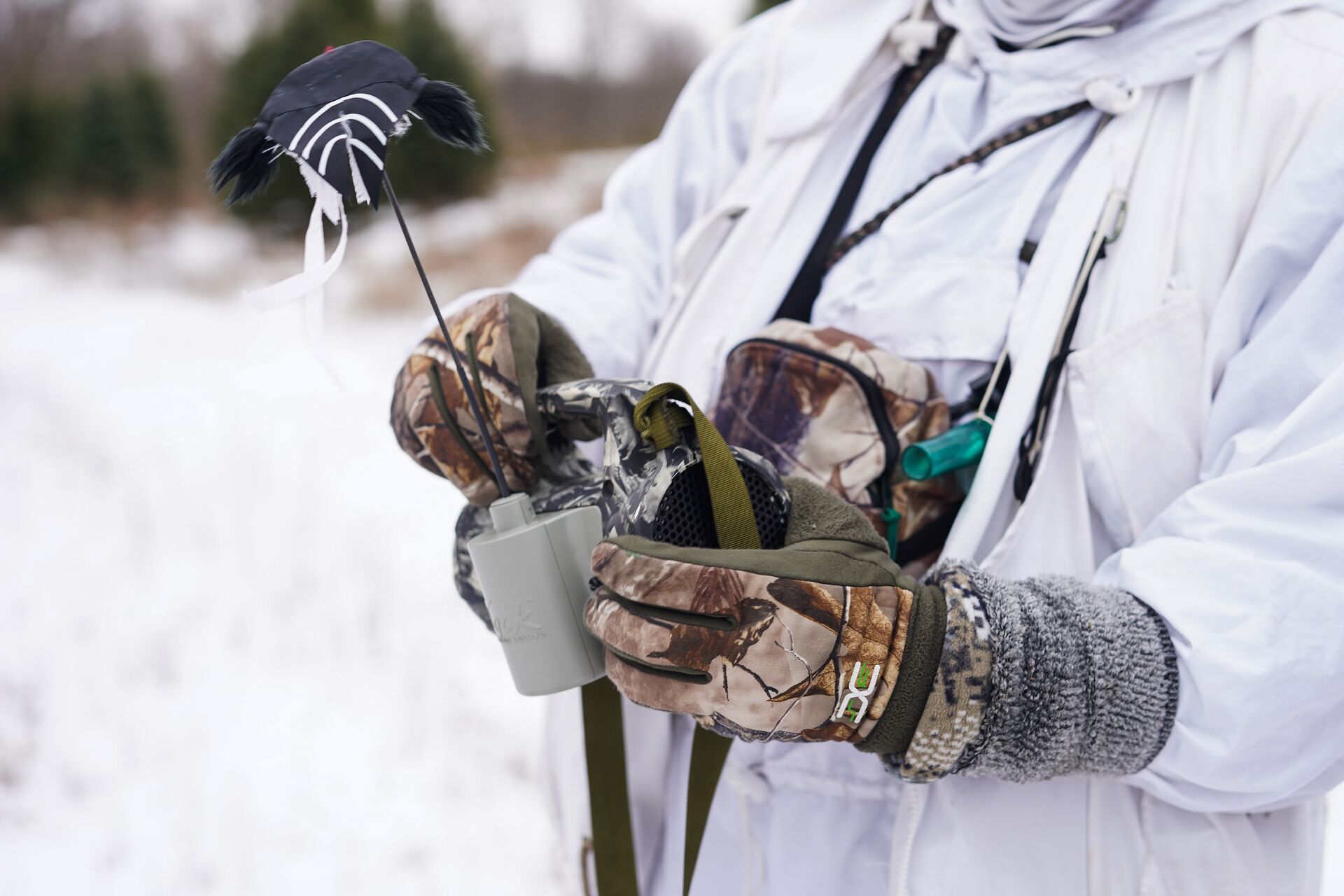
How to Choose the Right Decoy
So, which decoy type should you use (and when)?
Your best bet is to talk to other coyote hunters and the biologists at your state fish and game office. They will know what setups work best in your area and what to use at specific times of the year.
As a general rule of thumb, pair distress calls with prey decoys and territorial howls and challenge calls with realistic coyote decoys.
The terrain surrounding your setup also comes into play. For example, more visible decoys can attract attention in open areas. In dense cover, deploy smaller decoys with less motion to more closely mimic prey behavior in thick cover.
Decoy Placement
Decoy placement is critical to successfully bringing a coyote within shooting range of your setup. Once you've found the best ambush spot, place the decoy 20-50 yards downwind from your location so your scent won't alert the coyote. This means the wind should be blowing from the direction of your decoy toward you.
Also, make sure the decoy is visible so it can easily catch a coyote's attention at a distance.
Using Decoys with Calls
Always match your decoy to your call.
For example:
- If you've set up a prey decoy, use an animal distress call, such as a rabbit squeal or fawn bleat, to sound like a wounded and vulnerable animal that will be an easy meal for the coyote.
- If you're using howls, barks, or challenge calls to mimic a competing and aggressive coyote, use a coyote decoy to trigger territorial behavior and lure your coyote in for a fight.
Then, if you repeatedly use the same location, rotate your calls and decoys from hunt to hunt. This will minimize the chances of the resident coyotes becoming suspicious of your setup or conditioned to ignore certain sounds.
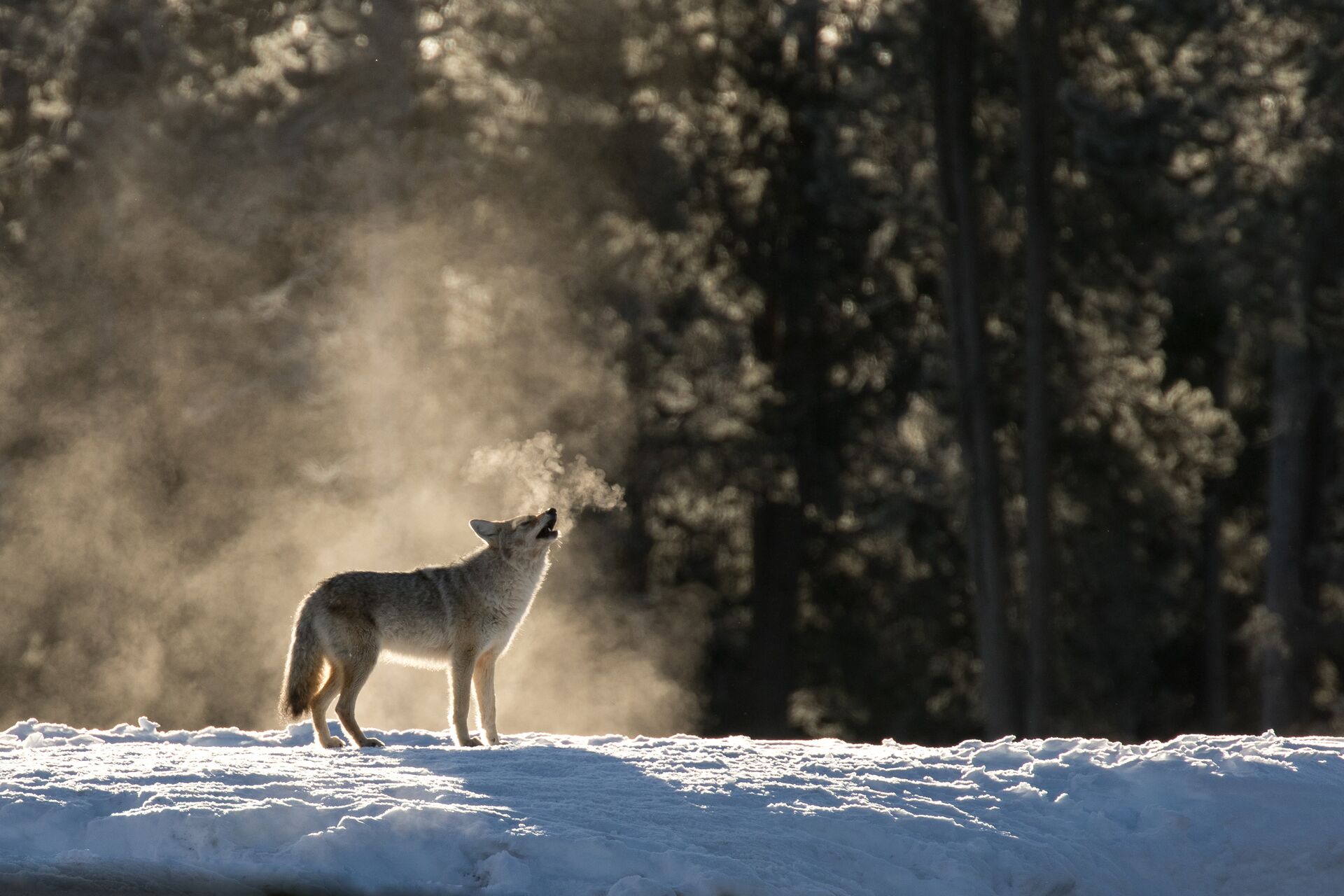
Timing and Seasonality
Like all animals, coyotes change their behaviors based on the season and weather. During the fall and winter, food becomes scarce, so coyotes are more likely to respond to a setup that tells the story of an easy meal. Use distress calls coupled with prey decoys during this time of the year.
The late winter breeding season is the best time to capitalize on the coyote's instinct to protect its territory or meet a female. Use a female invitation call with a higher-pitched yip or whimper.
Since male and female coyotes are typically paired up at this time of the year, use pair howls to get them to respond to the sound of an intruder.
Strategies for Coyote Hunting With Coyote Decoy
To maximize the effectiveness of your decoys, remember these key coyote-hunting principles:
- Be Invisible: Use a blind or natural cover to conceal your outline and hide your movement. Wear appropriate camouflage for the terrain, and always be mindful of your scent and wind direction.
- Hunt the Golden Hour: Hunt when coyotes are most active around sunrise and the late afternoon.
- Watch and Wait: Coyotes will be leery of most setups, so approach them cautiously. They may even approach and then disappear, only to come back later from another direction.
Be patient and prepared to wait for the perfect shot opportunity.
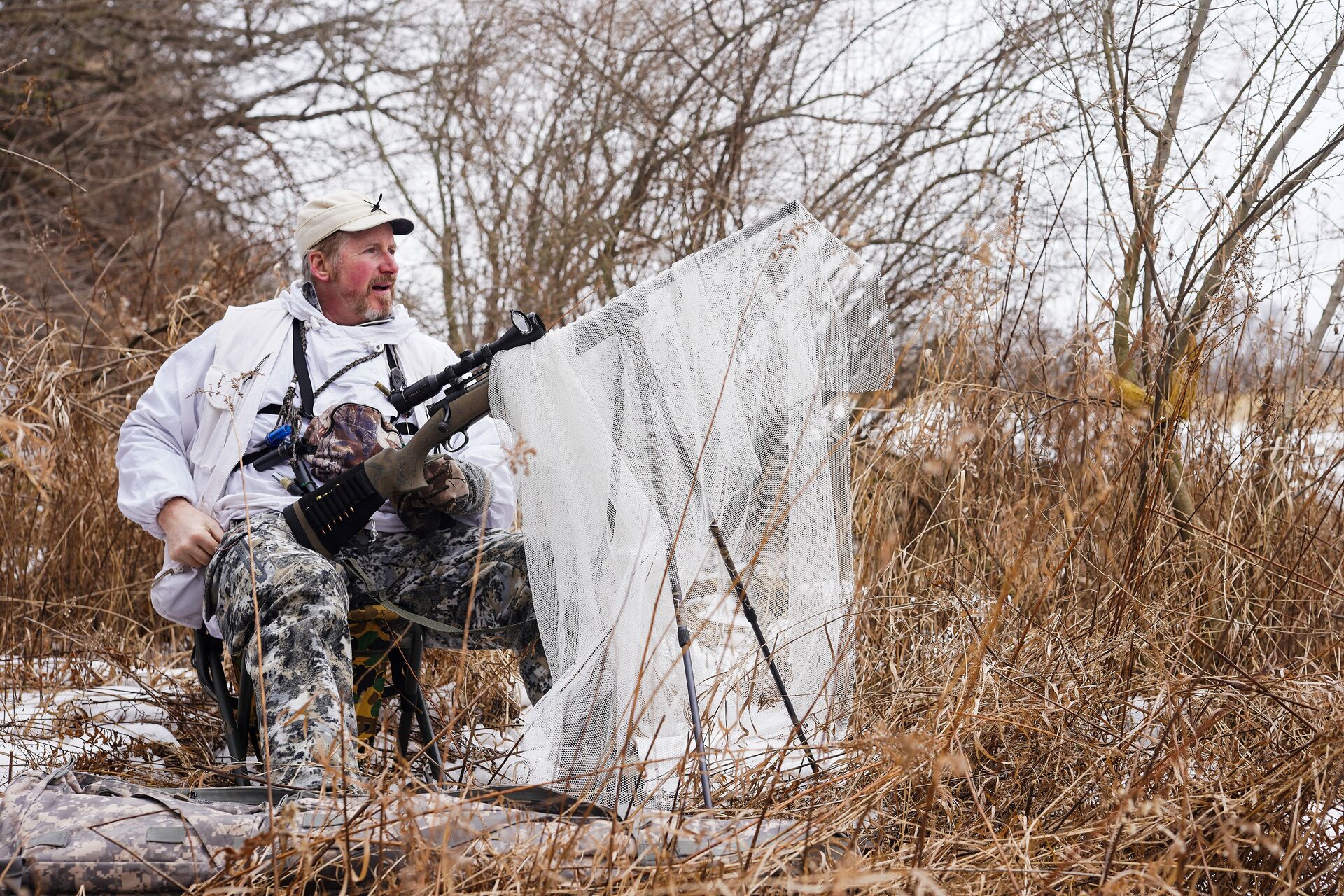
4 Common Coyote Hunting Mistakes to Avoid
Even experienced hunters can make mistakes that will scare off a coyote.
Here are four to be aware of (and avoid):
- Decoys Too Close to You: Although you might be tempted to bring the decoy closer to your position, especially if you're an archery hunter, be careful. The smaller the gap between your setup and you, the greater the likelihood that the coyote will bust you.
- Over-Calling: Many novice hunters tend to overcall. Coyotes are no different from humans in this regard. Too much "talking" tends to be a turnoff and will make a previously hunted coyote wary. Call just enough to intrigue a coyote to come closer and investigate your setup.
- Not Being Mindful of the Wind: Wind often changes direction and can swirl depending on the terrain. Always be aware of what the wind is doing and which direction it is carrying your scent.
- Unnatural Decoy Movements: Similar to overcalling, too much movement or unnatural movement will alert the coyote that something is wrong with your setup.
Pay attention to the small details and do your best to avoid these pitfalls to ensure a successful hunt!
Legal and Ethical Considerations
Although many states have loose regulations when it comes to hunting coyotes, that doesn't mean there are no rules. Always check your state's restrictions on electronic calls and decoys.
Since you are using a decoy to bring a coyote into a location of your choosing, select the best place that will give you the most ethical and lethal shot. Always be aware of your surroundings and follow firearms safety rules, including paying extra attention to what lies in front of and behind your target.
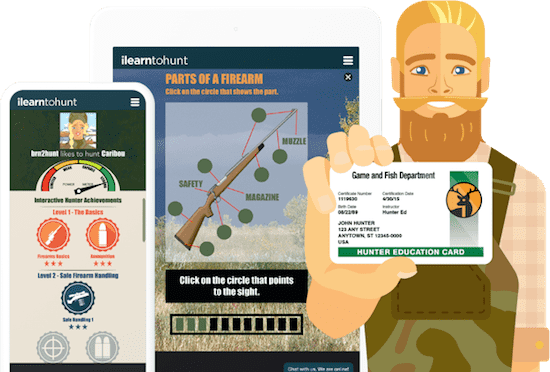
Learn How to Hunt Safely with ilearntohunt
Creatively using coyote hunting decoys can dramatically transform your experience. They will add a new dimension of realism to your calling and, when used correctly, increase your likelihood of attracting these crafty predators within shooting distance of your setup.
Before you gather your decoys and gear up for a hunt, make sure you've learned how to stay safe when hunting coyotes (or any wild game). Improve your hunting skills and learn about safety by taking a state-specific hunter education course through ilearntohunt!
Our online courses will help you better understand hunting fundamentals, wildlife behavior, first aid, and ethical hunting practices and better navigate your state's unique hunting regulations.
It's easy to get started and fun to learn through ilearntohunt with our gamified courses. Choose the course for your state and enjoy improving your knowledge of hunting safety as you work through the story-driven content. Then, after completing the course and passing the exam, you'll have met your state's coursework requirements to get your hunting license.

